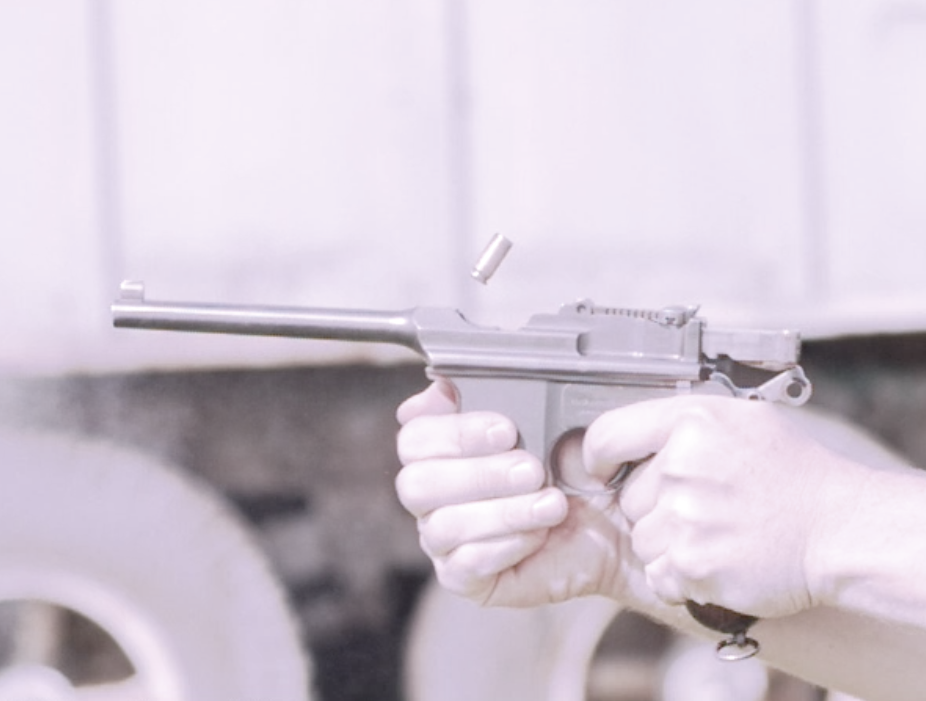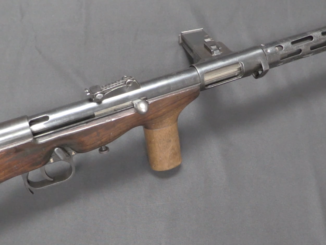Spain adopted the CETME Modelo B rifle for service in 1958. These early rifles were chambered for the reduced-pressure 7.62mm CETME cartridge, and had a few other unique features. Some of these were made with a metal handguard with a folding bipod, and some were also made with a top-folding stock, for use by paratroopers and vehicle crews. This stock shortened the overall length of the rifle slightly, although it also creates a very uncomfortable cheek weld.
The rifle we are looking at today comes form the collection of Larry Vickers, and is actually a CETME-Mars commercial import – a CETME-C pattern rifle chambered for regular 7.62mm NATO. The folding stock has been added because this is the closest pattern of CETME available in the US to what would have been actually issued with this stock.




What is your favourite folding butt-stock?
What is your favourite AR-? sliding butt-stock?
How does the cost – of production – of a stamped CETME/HK receiver compare with an all-milled FN FAL receiver?
The question boils down to how much you invest in production tooling. To make stamped parts, you need to invest in a series of stamping presses and associated tools, and one doesn’t require a rocket scientist to operate a press. Milled parts use tooling that’s widely available (drill presses and lathes are far more common than stamping presses), but the process requires trained operators (get anything wrong and someone gets fired!!). I could be wrong.
Is Larry Vickers downsizing? This is the second gun of his at RIA you’ve shown.
Best side-folder: FAL Para type.
Cost/price hides a lot of complexity, but when the FAL and the G3 were competing for military contracts in the 50s and 60s, the FAL was decidedly the more expensive. IIRC you could get three G3s for the cost of two FALs.
This was large-scale military contracts, though.
“Hardship are those that are enamored with French mechanical things” – said a Citreon DS proprietor to me when I revealed to him that I was keen on getting one.